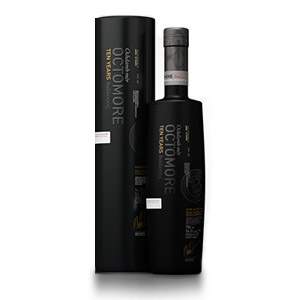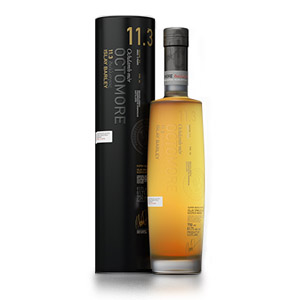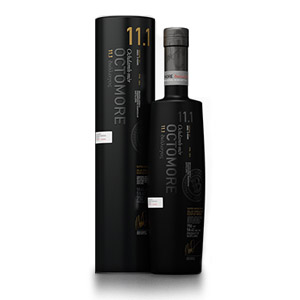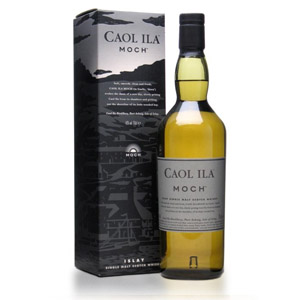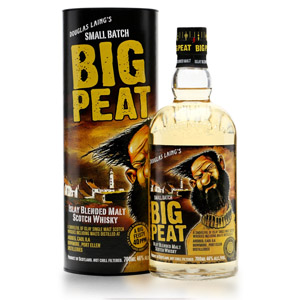Johnnie Walker Island Green
Johnnie Walker Island Green – which should not be confused with Johnnie Walker Green Label – is a travel-retail variant of the Johnnie Walker Green Label bottling. The “Island” here refers to the Scottish isle of Islay, not some tropical island. Islay is essentially the opposite of tropical. Like the Green Label, this “Green” includes only…



